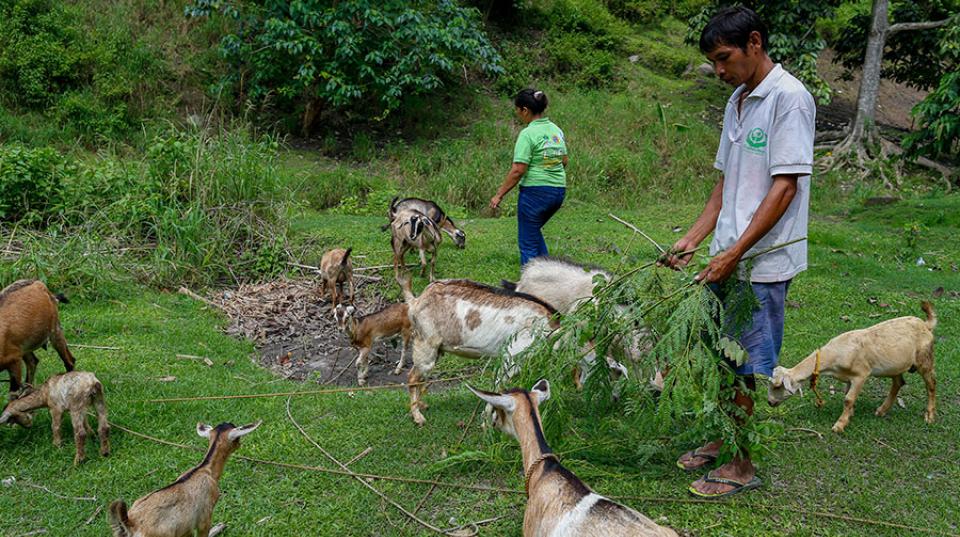Overview
This project aims to identify policy, development, and investment opportunities to grow and improve the competitiveness of the domestic sheep and goat sectors in Fiji and Samoa. It also seeks outcomes that contribute to better consumer diets, nutrition, and public health.
The Fiji and Samoan Ministries of Agriculture are proactively trying to expand and commercialise the domestic sheep and goat sector. However, there are recognised gaps and uncertainties about the specific type of broader policies and sectoral support required.
In both countries there is strong domestic demand for sheep and goat meat, however consumption occurs through two very different production and market channels. The majority of local sheep and goat production in Fiji and Samoa is sold through informal traditional or festival markets. These markets are quite profitable for producers due to high farm-gate prices, direct sales, low transaction costs and limited regulation.
However, the vast majority of small ruminant meat consumption is from large quantities of relatively cheap imported low-quality frozen lamb and mutton sold via supermarket and butcher shop retail outlets. The result of this situation is that in Fiji, sheep and goat meat represent the greatest trade imbalance of any livestock product with local production satisfying only 12% of domestic consumption. A greater disparity exists in Samoa.
At least two issues arise from this situation. First, whilst Fiji and Samoa have potential to increase domestic goat and sheep production to supply local retail demand and generate income, local businesses and marketing chains must be able to compete with imported lamb and mutton, on price, quality, food safety or other attributes. Secondly, whilst imported sheep meat may provide lower-cost options to consumers, there is evidence that consumption of fatty lamb and mutton cuts may be contributing to poor household diets and prevalence of nutritional disorders and NCDs. If so, this is a serious public health externality that needs to be considered as part of the overall social impact and possible policy responses.
Project outcomes
- Understanding implications of market context, including consumer purchasing and consumption patterns of sheep and goat meat on sector development options.
- Evaluating current policies, processes, actors, barriers and opportunities affecting goat and sheep meat sector competitiveness and public health.
- Analysing the current domestic sheep and goats value chain and market structure and function in relation to downstream processing, throughput, and competitiveness.
- Assessing the feasibility of policy, investment and chain upgrading options for enhancing competitiveness in domestic sheep and goat value chains and markets that also contribute to better consumer diets, nutrition, and public health objectives.



